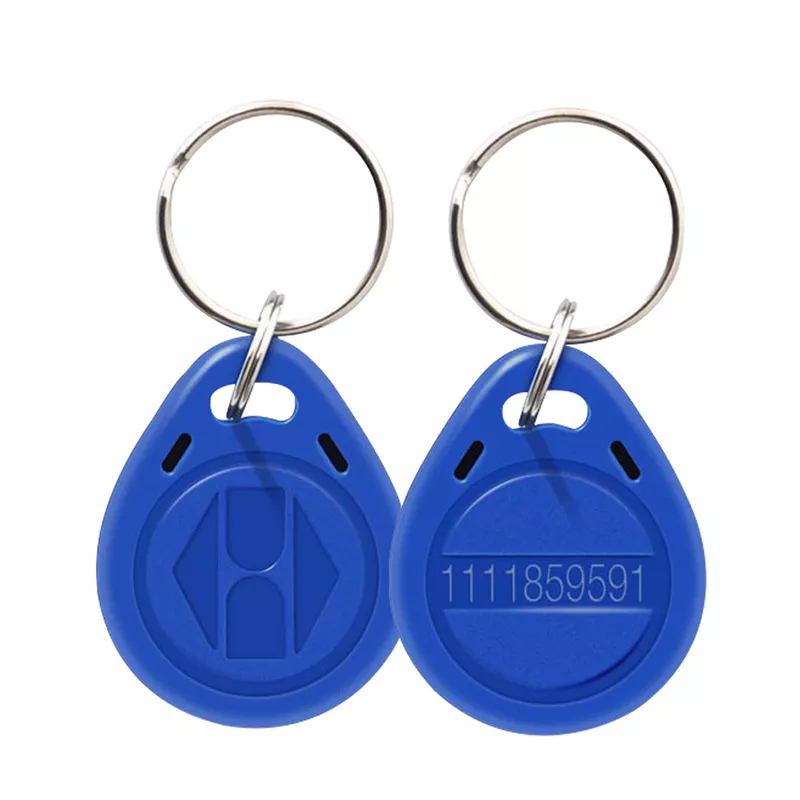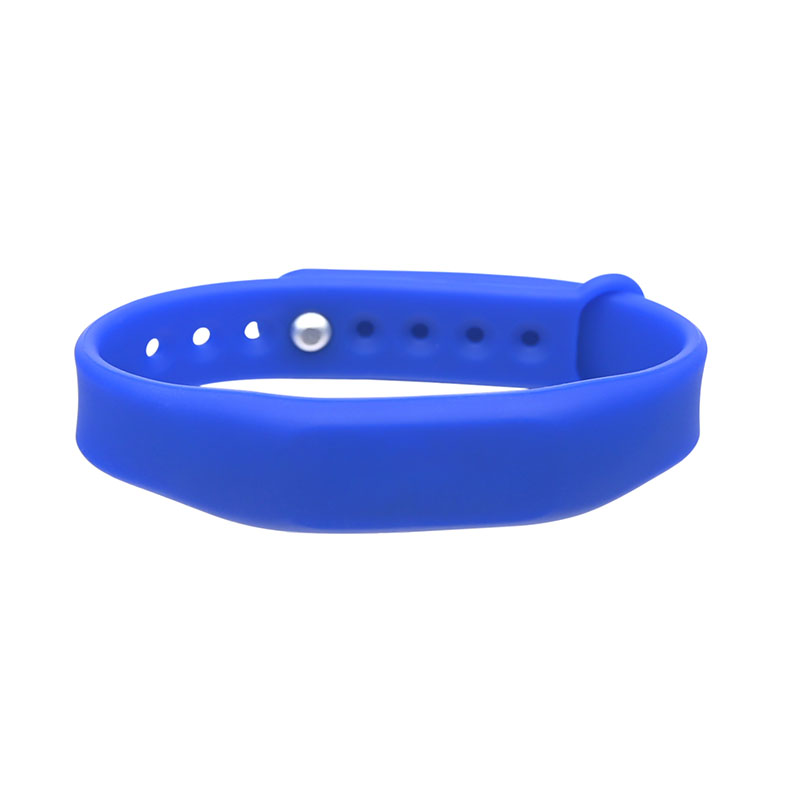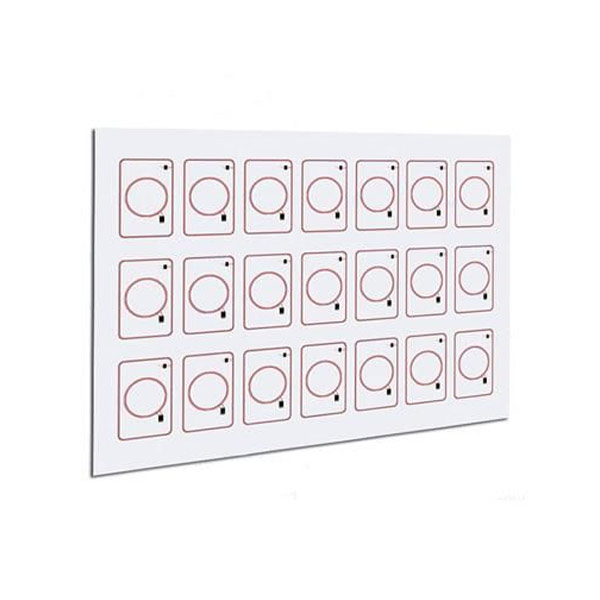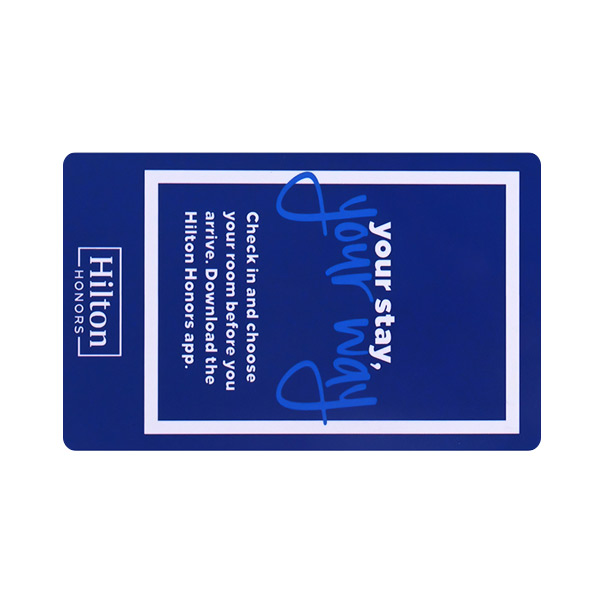S50 card material selection.
In the process of card making, S50 card has a variety of materials to provide a choice, first we will introduce the characteristics of various materials.
PVC material: PVC material is a more common card making material in the market, low production cost and good printing effect, so it is deeply loved by many customers and suppliers in China, PVC can be divided into soft PVC and hard PVC. hard PVC surface hardness, tensile strength, rigidity, etc. are close to the indicators of engineering materials. Soft PVC is generally used for wallpaper, flooring, ceiling and the surface layer of leather. Hard PVC becomes brittle at low temperature, sensitive to strain and cannot fully recover after deformation: soft PVC becomes hard at low temperature and has poor thermal stability. Poor environmental protection, high temperature will be released containing HCL gas. It is harmful to the environment. So in the gradual elimination
PET material: PET is a colorless and transparent material with high hardness and toughness. PET film material is low specific gravity, non-hygroscopic, high insulation and transparency, superior mechanical properties, small processing deformation, phase roost wear resistance, good chemical resistance, high surface finish of the card, long service life, while PET is an environmentally friendly material.
ABS material: ABS material can be made into different shapes of cards, feel good, beautiful and generous, the industry have become drip cards.
S50 card specification requirements.
Size: 86 54 mm (CR80 ISO standard)
Thickness: 0.84 mm (CR80 ISO standard) (can be made into cards of different shapes and sizes according to customer requirements)
It is best to follow the ISO standard to ensure that the S50 card reads and writes smoothly.
Printing: You can choose offset printing, screen printing, and screen printing + offset printing and other printing methods to make cards.

Additional processes.
Personalized flat code
Signature strip
Barcode
Spray code scratch strips
Gold and silver hot stamping
Hot stamping laser gold, silver
S50 system parameters.
S50 non-contact card in line with the international standard of MIFARE I, capacity of 8K bits, data retention period of 10 years, can be rewritten 100,000 times, read unlimited times. s50 card without power, with its own antenna, containing encryption control logic circuit and communication logic circuit, the communication between the card and the reader using the international common DES and RES confidentiality cross algorithm, has a very high confidentiality performance.
Operating frequency: 13.56MHz
Communication rate: 106KB baud rate
Anti-collision: Multiple cards can be processed at the same time
Reading and writing distance: Within 100mm (related to the shape of the antenna) can easily and quickly transfer data, half-duplex communication mode
The following mechanisms are used to ensure data integrity during wireless communication
Support multi-card operation
Anti-collision mechanism: multiple cards can be processed at the same time and sudden read or write or read/write interruptions can be prevented when processing cards
Dynamic read/write: When a card is processed, other cards can enter or leave the RF area
Fast anti-collision protocol: each additional card for the entire processing process only increases . S50 card main indicators and typical market applications





